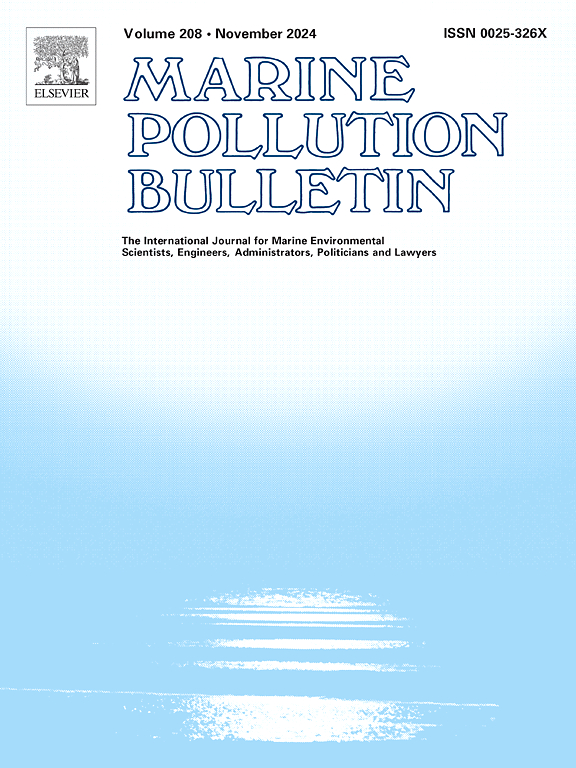人类活动对韩国近海海洋环境的影响
IF 5.3
3区 环境科学与生态学
Q1 ENVIRONMENTAL SCIENCES
引用次数: 0
摘要
对韩国4个代表性海湾的海洋环境变化进行了综合分析。随着堤防工程和填海工程的完成,赤水湾的水域面积减少到原来的一半。因此,河流环境和生物区系发生了变化,导致有机污染增加。光阳湾因工业园区和集装箱码头的填海工程,水域面积减少了一半。导致泥沙淤积变化,水流环境恶化,水质下降,重金属污染出现。2000年代以后,镇海湾的海洋环境有所改善;然而,在北部和西部水域仍然发生了有害的藻华和缺氧水团。延日湾出现了与浦项新港自然周期相似的港口振荡现象,而且在部分沉积物中发现了干扰内分泌的物质。本文章由计算机程序翻译,如有差异,请以英文原文为准。
Changes of marine environments due to human activities in coastal waters of Korea
A comprehensive review of scholarly articles was conducted to examine the marine environmental changes in four representative bays in Korea. Cheonsu Bay experienced a reduction in water area to half of its original size due to the completion of dikes and related reclamation projects. Consequently, the flow environment and biota were altered, leading to increased organic pollution. Gwangyang Bay saw a reduction in water area to half as a result of reclamation projects for industrial complexes and container terminals. This led to changes in sedimentation, a deteriorating flow environment, and declining water quality, as well as the emergence of heavy metal pollution. The marine environment of Jinhae Bay improved after the 2000s; however, harmful algal blooms and hypoxic water masses still occurred in the northern and western waters. Yeongil Bay exhibited harbor oscillations similar to the natural period of Pohang New Harbor, and endocrine-disrupting substances were detected in some sediments.
求助全文
通过发布文献求助,成功后即可免费获取论文全文。
去求助
来源期刊

Marine pollution bulletin
环境科学-海洋与淡水生物学
CiteScore
10.20
自引率
15.50%
发文量
1077
审稿时长
68 days
期刊介绍:
Marine Pollution Bulletin is concerned with the rational use of maritime and marine resources in estuaries, the seas and oceans, as well as with documenting marine pollution and introducing new forms of measurement and analysis. A wide range of topics are discussed as news, comment, reviews and research reports, not only on effluent disposal and pollution control, but also on the management, economic aspects and protection of the marine environment in general.
 求助内容:
求助内容: 应助结果提醒方式:
应助结果提醒方式:


